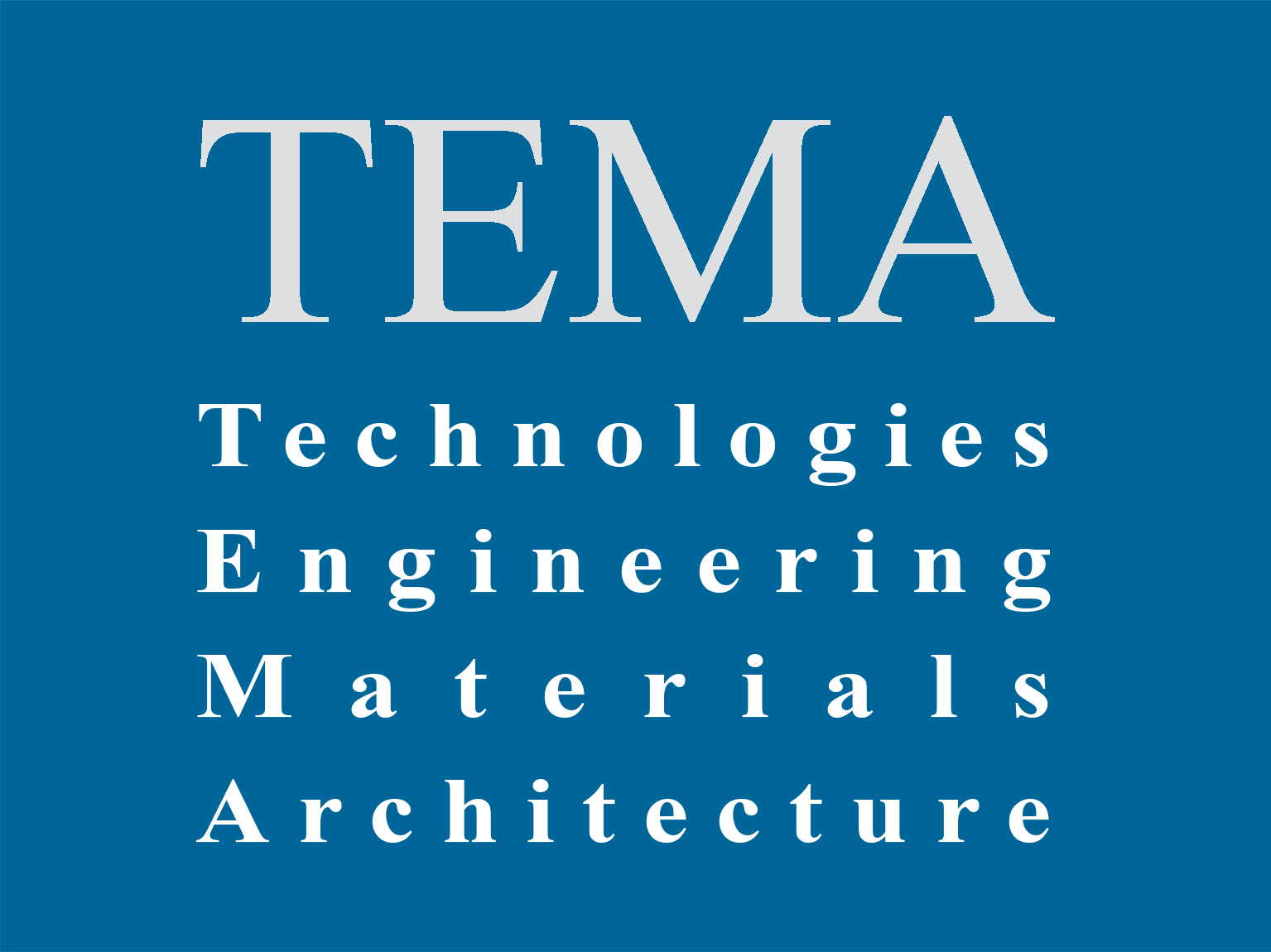Abstract
Carbonia is one of the examples of Italian autarchy before the beginning of World War II. Some of the main national construction companies and high-level designers, of which came from the previous experiences of Fascist foundation towns, focused on the new capital of the coal district. Carbonia is the last phase of this experiment, the most important in terms of size and strategic relevance.
Carbonia’s urban scene is clearly characterized by two dominant approaches: Pulitzer’s central European modernism, which features the “First Carbonia”, and Montuori’s Mediterranean rationalism, which features the next phase of the “Great Carbonia”. Peripherality and lack of infrastructure, lack of supplies and delays in procurement, unavailability of manpower, and technical adjustments due to unforeseen events constant afflict the emergency autarchy construction site.
And while the Great Serbariu mine concentrates cutting-edge technologies at an international level, the company town continues to be built in conditions of extreme cost containment. The two parallel construction sites express technological osmosis and the driving role of innovation that the mine yard exercises over that of the city. Our long-term work commitment to reconstructing the history of the autarchic building sites through archival and field research, also documents the refined strategies of some of the most important designers of that period. They adapted their working methods to lead the process towards a unitary and high-quality outcome.









